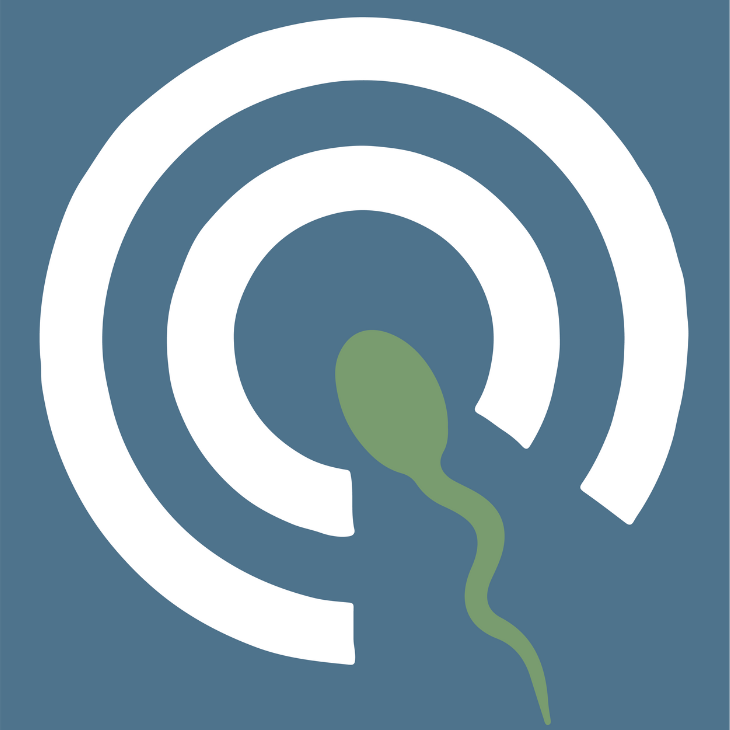
Dilation and Curettage (D&C)
This fact sheet was developed in collaboration with The Society of Reproductive Surgeons
Download a PDF of this documentRevised 2023
“Dilation and curettage” (D&C) is a short surgical procedure that removes tissue from your uterus (womb). You may need this procedure if you have unexplained or abnormal bleeding or if you have delivered a baby and placental tissue remains in your womb. D&C is also performed to remove pregnancy tissue remaining from a miscarriage or an abortion.
How is the procedure done?
D&C can be done in a doctor’s office or in the hospital. You may be given medications to relax or put you to sleep for a short time. Your doctor will slowly widen the opening to your uterus (cervix). Opening your cervix can cause cramping. If this procedure is performed in the doctor’s office, you will receive medications that numb your cervix and make it easier to open. After dilating (opening) the cervix, tissue from inside the uterus is removed with a scraping instrument known as a curette, a suction tube, or other specialized instruments.
Your doctor may want to look inside your uterus by inserting a special device, a hysteroscope, attached to a camera. A hysteroscopy will allow your doctor to see a magnified view of the inside of the uterus. This is especially important if the D&C is done when you are not pregnant to diagnose a cause for abnormal bleeding.
Is Dilation and Curettage safe?
Most of the time, D&C is safe. Occasionally, complications do occur during or right after surgery. Sometimes, complications will not be discovered until long after the procedure. The possible complications include:
Uterine perforation
Uterine perforation is when a hole is accidentally made in the uterus by a surgical instrument. Though rare, this is most likely to happen if you have a D&C to control bleeding after you’ve delivered a baby. The doctor will know immediately if the uterus has been perforated. Occasionally, a uterine perforation is suspected but not always obvious at the time of the D&C, and then you may need additional surgery to look inside the lower belly). If a uterine perforation occurs, either a lighted telescope or an open incision may be placed in your belly to see if the organs around your uterus, such as intestines, bladder, or blood vessels, are injured. If any of these organs are injured, they must be repaired with surgery.
Infections
Infections can occur after a D&C. If you are not pregnant at the time of your D&C, this complication is extremely rare. If an infection does occur, it typically occurs within 1 week of the procedure. It may be related to a sexually transmitted infection or due to normal bacteria that pass from the vagina into the uterus during or after the procedure. Symptoms often include vaginal discharge, uterine cramping and pain, and fever, requiring immediate treatment. These infections usually do not result in longterm complications if treated right away. However, in some cases, the infection may scar the uterus, fallopian tubes, or ovaries, making it difficult to become pregnant.
Scar tissue formation
Scar tissue formation in the uterus is an uncommon complication after a D&C. This is commonly referred to as Asherman syndrome. You are at greater risk of scar tissue formation when a D&C is performed after a miscarriage or after/during pregnancy. Using a sharp instrument to remove tissue rather than suction also increases the chances of scar tissue formation. The most common symptoms are very light or missed periods.
Other rare complications
Other rare complications of a D&C include tears in the cervix, uterine bleeding, and reactions to anesthesia. These complications usually occur at the time of surgery.
Fact Sheets/Booklets
View more fact sheets and booklets written by the ASRM Patient Education Committee.
Menopausal Transition (Perimenopause): What Is It?
The menopausal transition (perimenopause) is the period that links a woman’s reproductive (childbearing) years and menopause.
Osteoporosis
Osteoporosis and osteopenia are conditions of having low bone mass (density).
Hyperprolactinemia (High Prolactin Levels)
Prolactin is a hormone produced by your pituitary gland which sits at the bottom of the brain.Surgery (reproductive)
Find a Health Professional












